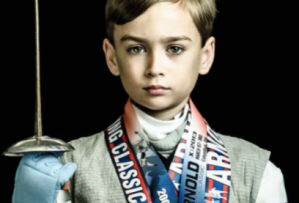
A Prince once grew up in a family of expert fencers. He had roots that went back to the 14th century when fencing became a sport. Within the small contiguous villages where he lived, fencing competitions were held every year. A person from this village gained prestige and adulation by participating and winning; it was part of the culture formed for hundreds of years.
.
Fencing is a beautiful art, a blend of athleticism, mental control, finesse, awareness, and strategy. The mental training of fencing is just as important as the physical techniques. The slightest break in concentration could be devastating. If a fencer’s skills are sharp, they will need to exist both through physical and mental pressure.
.
The Prince learned to fence at three and progressed significantly faster than his brothers, sisters, and peers. His uncle was a champion and heralded as a hero in his village. A competitor was only allowed to compete in this competition when they reached the age of 12, but typically, even a person who was considered a prodigy still didn’t have the skills to be competitive until age 16.
.
The villages have prepared for this competition for a lifetime, but the actual competition is held only once a year. The winner also brings great recognition to their village.
.
The competition is grueling. Competitors will have at least 50 matches if they get to the finals. The villages close all businesses and schools and dedicate their time to watching this competition day and night. The event takes approximately five days to finish, but it depends on how many matches and the duration of the matches, so it could go a day longer or a day shorter each year.
.
When the Prince was able to compete at age 12, he won the tournament, and he won easily. The village people were in awe of this skill, and he was treated as a hero like his uncle but at a much younger age. No one younger than 18 ever won this tournament. He continued to win year after year; no one could beat him, and he never lost a match. It was amazing, thousands of fencers dedicated their lives to this competition from the other villages, yet the Prince was still winning easily. Soon he was the most famous person in all the villages, winning eight years in a row and considered the best fencer ever.
.
When the Prince turned 20 years old, his curiosity was piqued, and he decided to travel outside the villages. His family, friends, and even people from the other villages were very protective of him and implored him not to leave. This was dangerous as no one had ever done this before.
.
The Prince wandered out one evening without anyone knowing. He was so fascinated by what he saw he decided to keep traveling. He traveled for days and days and met some people along the way. No one knew who he was or that he was a famous fencer, and he didn’t tell anyone. He knew his family and friends would worry, but his curiosity overwhelmed him.
.
After a few weeks of traveling very far from his village, he noticed a group of people practicing fencing. He was happy and puzzled as he didn’t know anyone else knew the art of fencing. He approached this group, and they welcomed him to practice. They told the Prince that there was a competition that was coming up soon, and they graciously invited him to compete. The Prince was excited; he felt that if he won this competition, he would be accepted by his new acquaintances. After all, the Prince was a champion and never lost a single match in a competition. He faced and beat the best of the best in all the villages where he lived.
.
The Prince approached the first competitor very confidently and looked upon him with a fiery gaze. When his opponent made eye contact with him, he got a strange feeling; his opponent projected a look of apathy to such a serious match that was about to happen.
.
Within two minutes, the Prince was overwhelmed by his opponent. He lost the match quickly. He was embarrassed, devastated, and in disbelief about what just happened. The Prince was offered a second match against another opponent, resulting in the same conclusion! His skills were clearly inferior to the competitors of this village.
.
The Prince immediately retreated. He was not only embarrassed, but he was also depressed and anxious and cried uncontrollably. “What did I just experience,” he thought. The Prince had never been exposed to this pain; he never felt this deep unworthiness. He was worried that news of this event would travel to his village. He was not prepared to lose or face any kind of defeat.
.
He continued to travel aimlessly with a confused, unsettled mind. He was running away from his village, never to return. He was holding on to a deep shame. In his travels, he ran into many people who asked where he was from, but he wouldn’t say. One day he met an old wise swordsman practicing with a big smile. He approached the man cautiously, and the man put down his sword and said to him, “You are suffering, my friend; why?”
.
He asked the Prince to pick up a sword and spar with him. The Prince hadn’t picked up a sword in years. Every time the Prince scored on the old swordsman, he was exuberant, and he yelled out in victory; when he was scored upon, his emotion of anger was displayed outwardly in his face and in his body language.
.
The wise old swordsman said to him, “Stop, put down the sword and your anger; it is obvious that you never learned the art of fencing.” The Prince was confused and said, “Why do you say this? I have dedicated my life to fencing since the age of three; I was a champion?” The swordsman replied, “You have only trained for competition, not life. Each lunge, parry, or riposte should have no attachment to the next one. Your emotion drives both your intent and reaction to the outcome of that intent. Whether you are scoring on your opponent or your opponent is scoring on you, you are losing.” I can teach you the art of fencing, but I must undo everything you have learned for all these years.”
.
The Prince dropped his head, realizing what he was saying was true; his life was defined by prestige, honor, respect, and winning only. He was protected from losing and only trained with a mindset for competition, but he found defeat and couldn’t handle what went along with it.
.
The wise old swordsman put his hand on the Prince’s shoulder and spoke compassionately, “You are trapped between your past thoughts and your fear of the outcome of the next event. When a fencer learns to be non-attached to each score, they stop believing they are the emotion; therefore, they do not carry emotion to the next move. They are free.
.
You need to first accept that the art of fencing is suffering, and you are suffering because of this attachment. Fencing is not conceptual; it is a truth. Only through real practice, pressure, anxiety, and stress will we learn to apply the true art of fencing to life itself. You cannot understand this right now, but if you allow me, I will teach you.”
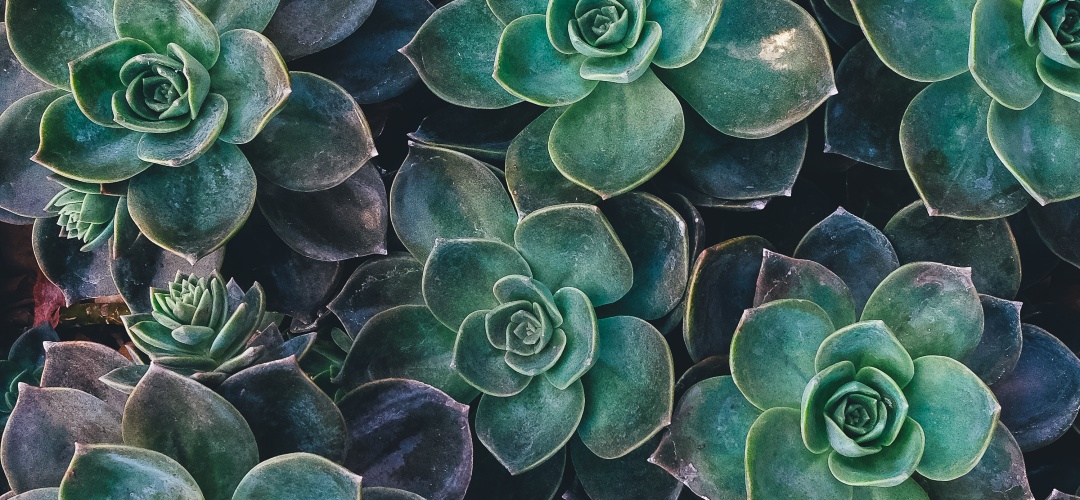
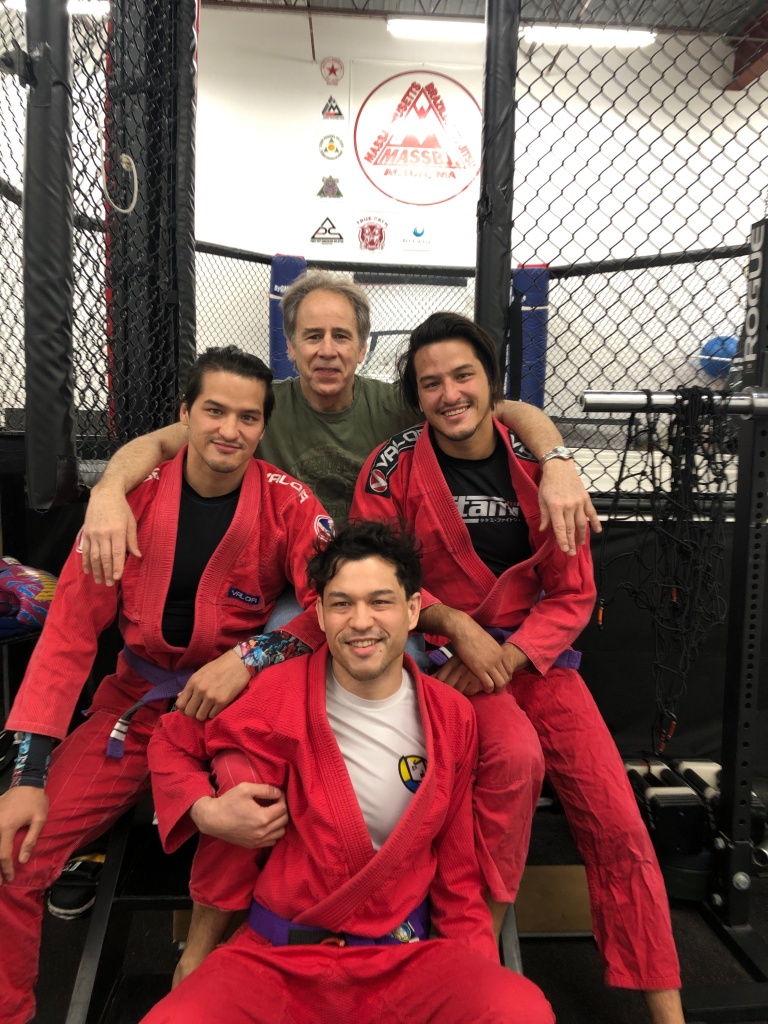

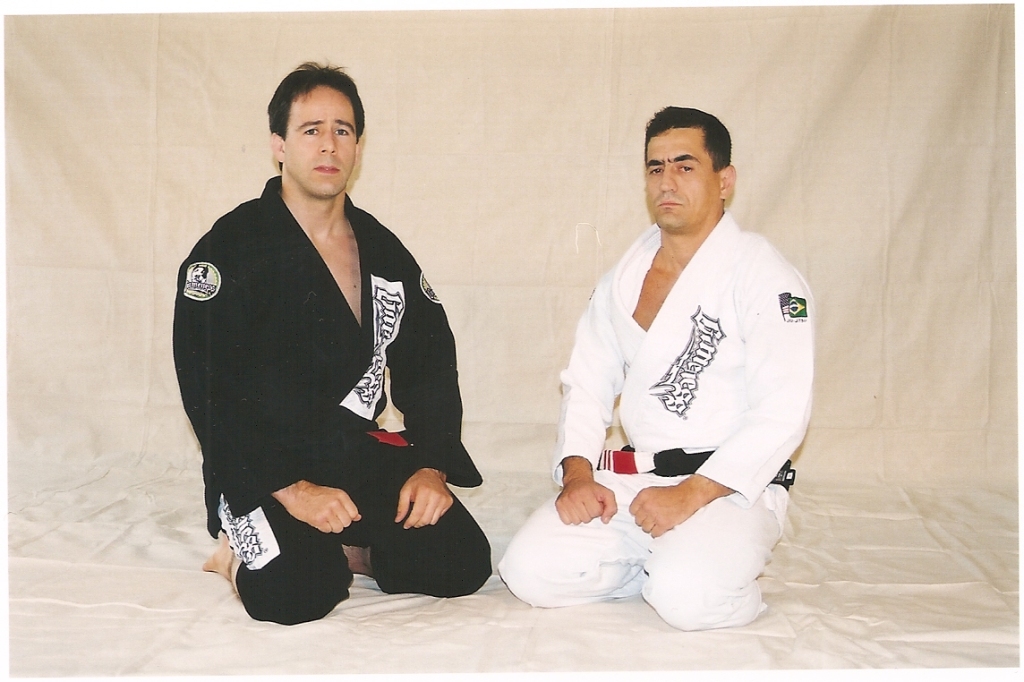
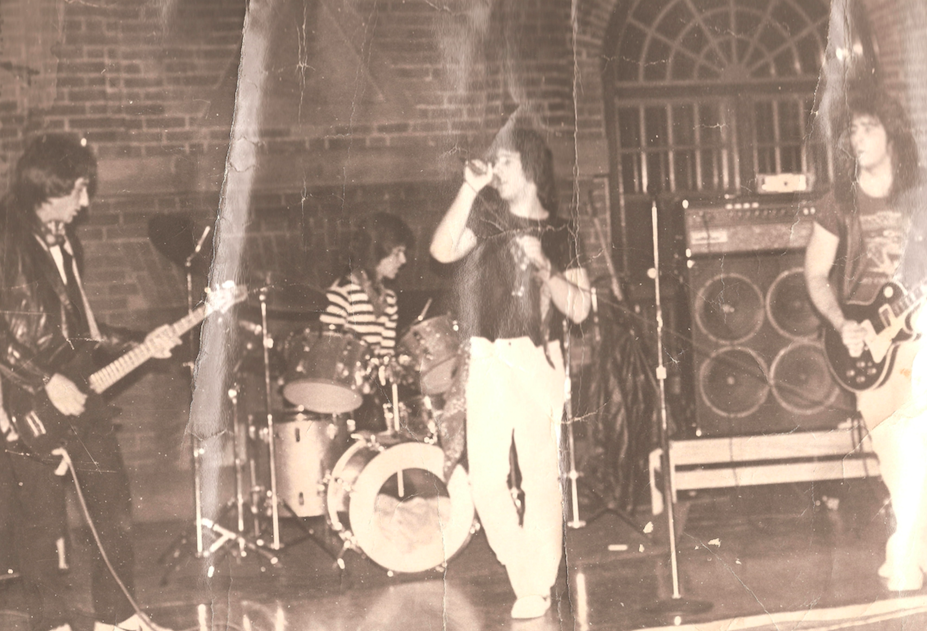


 A Prince once grew up in a family of expert fencers. He had roots that went back to the 14th century when fencing became a sport. Within the small contiguous villages where he lived, fencing competitions were held every year. A person from this village gained prestige and adulation by participating and winning; it was part of the culture formed for hundreds of years.
A Prince once grew up in a family of expert fencers. He had roots that went back to the 14th century when fencing became a sport. Within the small contiguous villages where he lived, fencing competitions were held every year. A person from this village gained prestige and adulation by participating and winning; it was part of the culture formed for hundreds of years.